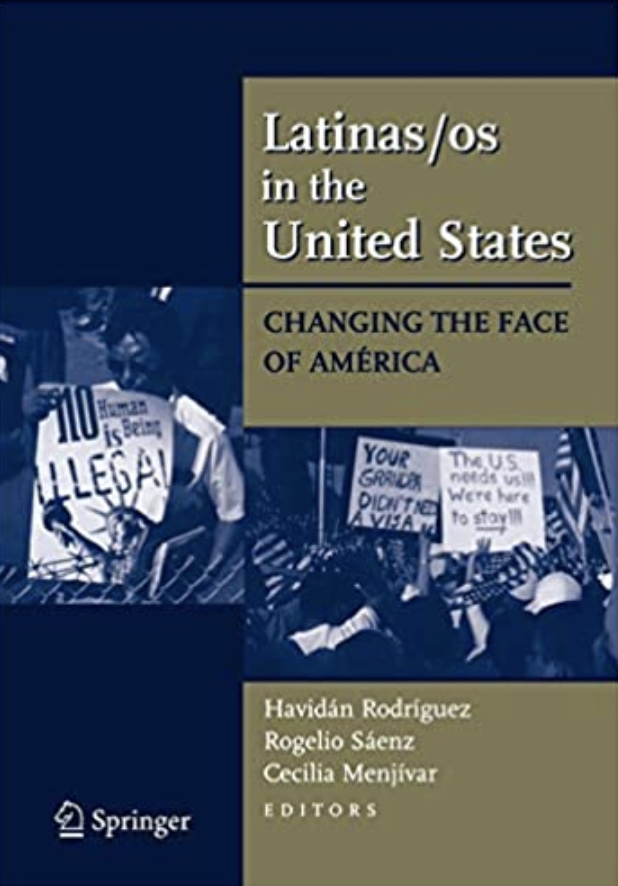Latino Labor in the U.S
Objectives at a Glance
Objective One
Recognize that Latino labor is the backbone of the United States, by both fueling the economy and impacting the daily lives of Americans.
Objective Two
Understand the Latino labor movement’s purpose, length, key figures, and effect to ultimately acknowledge how Latinos themselves earned their rights
Objective Three
Develop the knowledge to support the argument that Latino labor is crucial for a thriving economy
Objective Four
Explore new narratives pertaining to Latino labor to broaden your awareness on what it truly means to be a Latino labor worker in America
Our Message
Latinos, both born here and immigrants, are the backbone of our country. They have contributed to economic wealth and prosperity in the country. However, they are discriminated against and receive harsh scrutiny on numerous accounts, especially when talking about labor in America. We need to take initiative to become educated on Latinos’ integral role in our society–how they impact our daily lives, boost our economy, and create a more diverse world. With the ultimate goal of understanding their struggle,hard work, and achievements under seemingly impossible odds, we can create a more open minded, just, and inclusive future.
Objective One
Recognize that Latino labor is the backbone of the United States, by both fueling the economy and allowing Americans to eat cheaply, buy inexpensively constructed homes, buy inexpensive products that have been assembled on both sides of the border, and enjoy beautiful landscaping. The U.S Latino workforce includes doctors, nurses, lawyers, agency directors, educators, and law enforcement officers.
Objective Two
Understand the Latino labor movement’s purpose, length, key figures, and effect to ultimately acknowledge how Latinos themselves fought for and earned their rights to be treated as valuable American workers.
Objective Three
Develop the knowledge to support the argument that since Latino labor is crucial for a thriving economy, and it impacts the daily lives of all Americans, it is our responsibility to dismantle myths regarding their merited place in society and end racist sentiment.
Objective Four
Explore new narratives pertaining to Latino labor to broaden awareness on what it truly means to be a Latino labor worker in America. Through personal stories and testimonies, we will see a new and important side to the legacy Latino laborers leave behind and continue to make in the United States.

Introduction
With this introduction, we hope to shed a small light on the vast history of Latino labor in the United States and its importance.
Scholarship
Explaining the ideas of a couple of theorists or thinkers in brief, and point teachers to what chapters, articles might help them learn more.
Scholarship
Explaining the ideas of a couple of theorists or thinkers in brief, and point teachers to what chapters, articles might help them learn more.
Teaching
Offering educators the most efficient and impactful ways of teaching the material to their students via modules and student’s styles of learning.
Resources
Providing individualized lesson plans, course material, and primary sources to intentionally and accuretely teach our states youth.
Introduction

First Arrivals
Your Title Goes Here
Your content goes here. Edit or remove this text inline or in the module Content settings. You can also style every aspect of this content in the module Design settings and even apply custom CSS to this text in the module Advanced settings.
Scholarship
Ambivalent Reception
Wayne A. Cornelius discusses the love/hate relationship America has with migrant laborers. It basically says we love cheap food and products but only want “hands” or “brazos (bracero workers) and don’t want foreign bodies with foreign cultures that threaten our cultural hegemony and need services like education and health care
Domestica
This book discusses how domestic labor has become global, and how it particularly impacts women and their roles as mothers and caregivers.
The Impact of Immigrants on Employment Opportunities of Natives
George Borjas synthesizes the theories, models, and econometric methods used to identify the causes and consequences of international labor flows, and lays out with clarity a full spectrum of topics with crucial implications for framing debates over immigration.
Latinas/os in the United States: Changing the Face of América
Race, Space and Youth Labor Markets

Teaching
Inquiry Based Learning
Video Explanation





